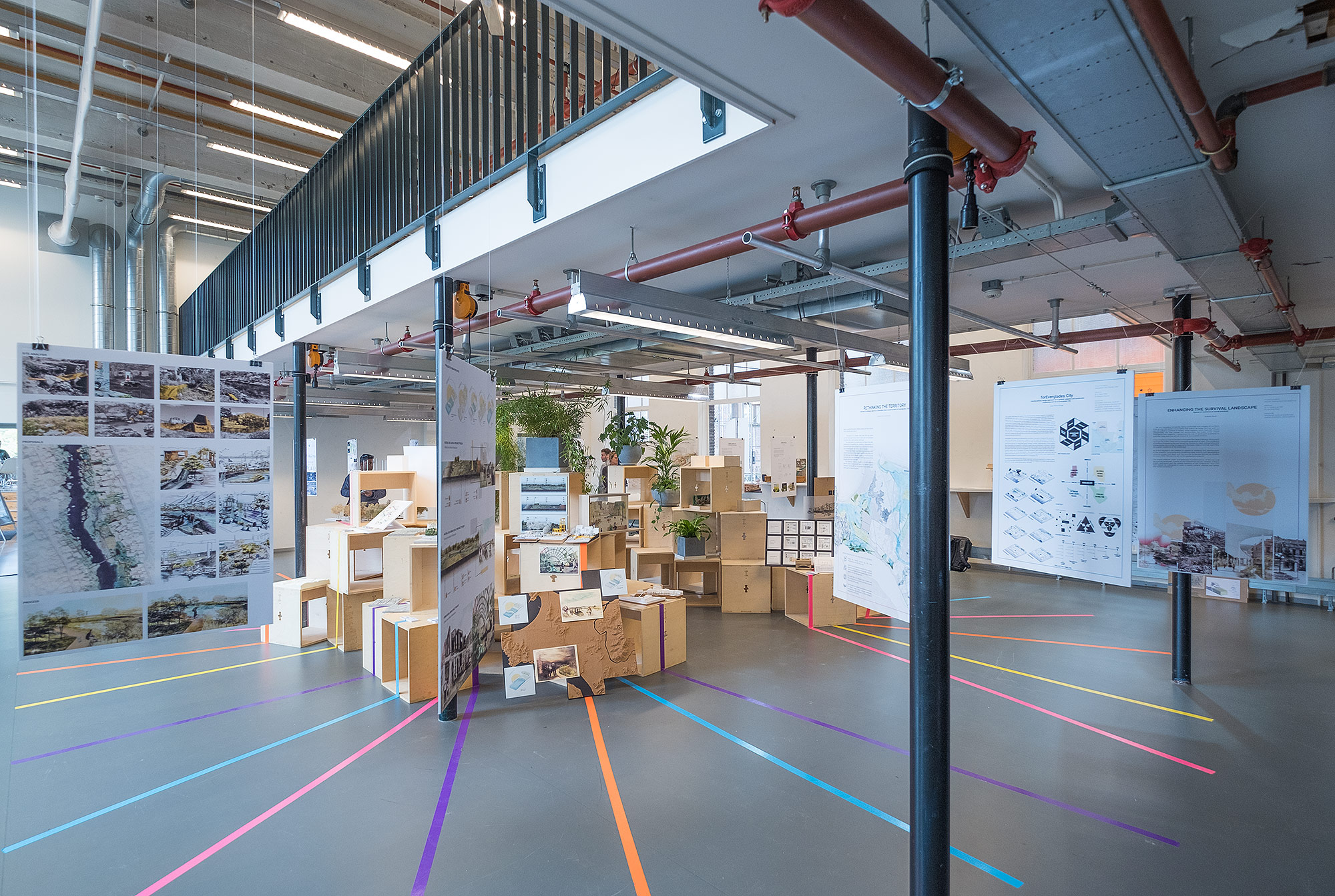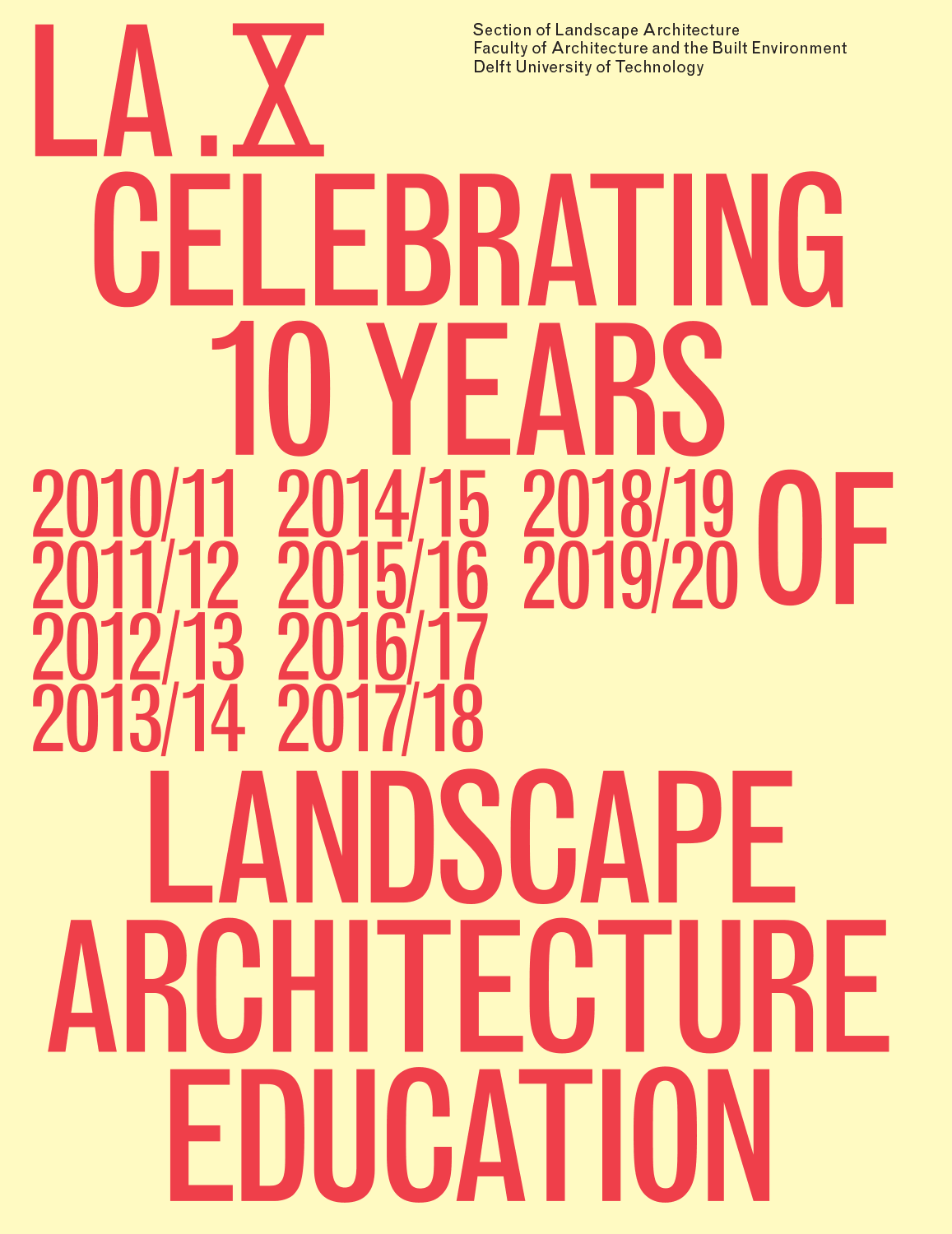IFLA 2012: Delights of Diversity in CapeTown
Last week the Institute for Landscape Architecture in South Africa and it’s Cape section hosted the 49th IFLA 2012 Conference in Cape Town. 500 Landscape Architects from around the world could not resist the temptation to travel to what some call ‘the most beautiful city on earth’. The right time chosen, good weather and a very good preparation turned IFLA 2012 into a memorable event for most of them.
As far as our one delegate could overlook this, the scientific content of the conference was generally of higher value than the Zürich IFLA 2011, though entertainment value was also similarly good. 300 African registrants where the majority among the 500 participants this year in Cape Town (for Zürich 2011 more than 1000 where reported).
To illustrate the scope of the conference we mention some memorable keynotes: Charles Hutchinson spoke about large wildlife reserve parks in Ghana and Suriname. His notion of park is of course very different to our urban parks, and this is just one example of the wide variety that IFLA covered. Simon Kilbane a PhD candidate from Perth showed his GIS based work on a Green Infrastructure for the whole of the 5th continent Australia. It was amazing to see, how a subject like this can still be pioneer work in Australia, while our last Dutch government just decided to suspend our roughly 20 years invested into the Ecologische Hoofdstructuur EHS for the Netherlands. While some shining example like Kathryn Gustafson’s speech (3) was maybe hard to connect to every interested local landscape architect’s own daily practice. But in our still relatively young professional and scientific field it is always not only refreshing but of great value to research to take a distant view and compare the perspectives.
Mihaly Möcsényi was awarded the Sir Geoffery Jellicoe Award of IFLA for his lifetime achievements. He is multidisciplinary educated Professor of Landscape Architecture form Hungary and also former IFLA President like Jellicoe long before him. A grand old man gave an independent and strong view (and data) on vapour as a source of climate change.
These Highlights can give an idea of how IFLA 2012 was an impressive conference in it’s width and diversity. Most speakers referred to papers they had written, so we can hope to expect comprehensive proceedings (4).
TU Delft Chair of Landscape Architecture had entered several of the 382 abstracts. After abstract peer review in February we submitted two papers and got invited for one of 64 oral presentations as well as for a poster presentation on a different subject. We could present our 2011 & 2012 Oerol projects “Landscape Mirror” & “Feed the Wind” (5), and another paper & poster (6) as part of the PhD research “Architecture with Landscape Methods”. All was well received and discussions where fruitful for the oral presentation, but unfortunately no feedback sessions where organised for the posters.
In such a scenery and biosphere than Cape Town it is hard to call the side programme of many organised and spontaneous site visits a subordinate part. For HowDoYouLandscape and his own delight your blogger by times escaped hard scientific work in the colonial style City Hall.

Look at our stunning views form Table Mountain (7) part of the dramatic Cape Rock formations that are a couple of hundred times older than the Himalayas. From 1000 meters above town, Table Mountain offers views across the Cape Region and on both the Indian and Atlantic Oceans. Luckily it was for once not covered by it’s iconic white table cloth cloud, that is caused by the temperature differences of the two ocean’s streams, which meet and create a typical local wind condition. In one panorama blend the many dimensions in which the Cape landscape is interesting: geological, climatic, biological, anthropological, political, urban, and social aspects blend in Cape Town into a huge kaleidoscope or multi faceted landscape.



South Africa is not only a nation in the world’s recurring news focus. To biologists South Africa is interesting as the 6th and smallest plant kingdom of the world (Phytochorion Capensis) (8). It has a tremendously rich concentration of many endemic spices, especially in the colourful flowering shrubs of the “fynebos” (Africaans for fine bush). The IFLA date was carefully selected for this early spring blooming season. In Cape Town “fynebos” can be seen in nature for example on the Table Mountain and Cape Point Reserves. It can be studied in the Botanical Gardens Kistenbosch but it is also in many parks, where contemporary designers make designedly use of indigenous plants. Cities (slowly) learn to appreciate indigenous plants for their usually lower maintenance costs.
A good example is the Green Point Garden built in the safety zone of the FIFA 2010 Football Stadium. Children’s birthdays are held next to the botanically interesting and nicely designed Biodiversity Showcase Garden (9, 10). Diversity seams to be a welcomed topic not only for Plant and Animal Biologists. Dealing with cultural Diversity is of course key to building the renewed “Rainbow Nation” South Africa with so many ethnic groups and languages. These are no abstract discussions, such things are visibly at stake in public space. It is remarkable how well maintained this public garden is – compared i.e. to how an average Dutch urban park would look in early spring. As our Capetonian fiends tell us it is also amazing that the beautiful plants where not just simply stolen.

Biodiversity is not an abstract richness of species but of multiple value to mankind/ For example some anthropologists believe, that the richness of the “fynebos” vegetation was of great value in co-evolution with our ancestral homo species, possibly including even prehistoric medical use of plants. The variety of the “fynebos'” looks, colours, shades and patterns is a great delight to the eye – and attracting a lot of small fauna and people into the core of urban life here.
For the modern Homo sapiens and IFLA congress speaker, much new gained plant knowledge triggered good appetite to visit a very special restaurant with the terroir of his prehistoric ancestors natural habitat. South African friends (11) had organised a stunning lunch at Babylonstoren 50km out of town in the Western Cape Region (12). In this estate of a former Dutch colonial style wine farm, every building from the mansion to the barn has been refurbished some years ago and turned into a stunning garden, restaurant, spa and resort. The resort has a great many endemic species on their botanical garden list and quite some on the menu.
The Garden and renovated lodges with a carefully designed and renovated irrigation system and no nonsense detailing in stunning but simple detail was a professional delight both architecturally and garden wise. But then seeing it on the beautiful menu, on the plate and finally tasting it on a trout made just simply happy! Not that in early spring the menu was still winter harvest while the garden already was further ahead.
This international conference held in a marvellously welcoming “City born form Landscape” (10) was certainly a starting point for many more good things to hear form the Cape of Good Hope for Landscape Architecture in the future. South Africa is strongly recommended for a visit during example during much larger events in 2014 the Cape Town Capital of Design and UIA Durban 2014 (13, 14).
If you have become interested in the IFLA please note: The next and 50th IFLA is already in 10-12 April 2013 in Aotearoa New Zealand. Abstracts are accepted until September 28 2012, only two weeks from this blog entry (15) and this time – somebody else need to go so far!
(1) http://www.ifla2012.com/
(2) http://www.ifla2012.com/index.php/programme/speakers
(3) http://www.kathryngustafson.com/
(4) 49th IFLA World Congress Landscapes in Transition Cape Town South Africa Proceedings forthcoming November 2012 after peer review these should be placed on http://repository.tudelft.nl/search/ir/?q=Jauslin&year=2012
(5) Jauslin, D & I. Bobbink (2012) ‘LANDSCAPE MIRROR’ & ‘FEED THE WIND’: Teaching Landscape Architecture on Site at Oerol Festival in the Wadden Sea, forthcoming in op. cit. (4)
(5′) lecture slides as pdf are available by 2012-09-11 under http://repository.tudelft.nl/search/ir/?q=Jauslin&year=2012
(6) Jauslin, D (2012) Landscape Design Methods in Architecture, forthcoming in op. cit. (4)
(7) http://www.sanparks.org/parks/table_mountain/
(8) The Plant Kingdoms is used here, and in Cape Town tourist information, as defined in Good, Ronald (1947) The Geography of Flowering Plants. Longmans, Green and Co, New York. Note that many other region definitions and numbers for major habitat types (or biomes) exist in ecological science. Biomes can also include other groups of lifeforms than plants (animals and microorganisms) that may be endemic to a larger zone or area.
(9) http://www.ovp.co.za
(10) Henson, Jess (Ed.) (2012) Land Scape Architecture Cape Town, Cape Town: The Landscape Architecture Cape Town Association 2012 ISBN 979-O-620-54267-8
(11) http://www.insitegroup.co.za/
(12) http://babylonstoren.com/garden/
(13) http://www.capetown2014.co.za
(14) http://www.uia2014durban.org.za
(15) http://www.ifla2013.com/
all web resources retrieved 2012-September-10
Cape Town photographs and panoramas by the author with http://occipital.com/360/app
Oerol photographs by students and Jansje Klazinga









